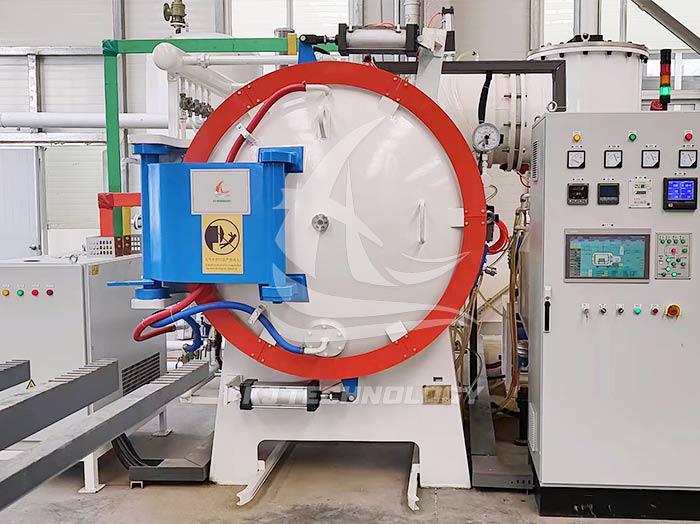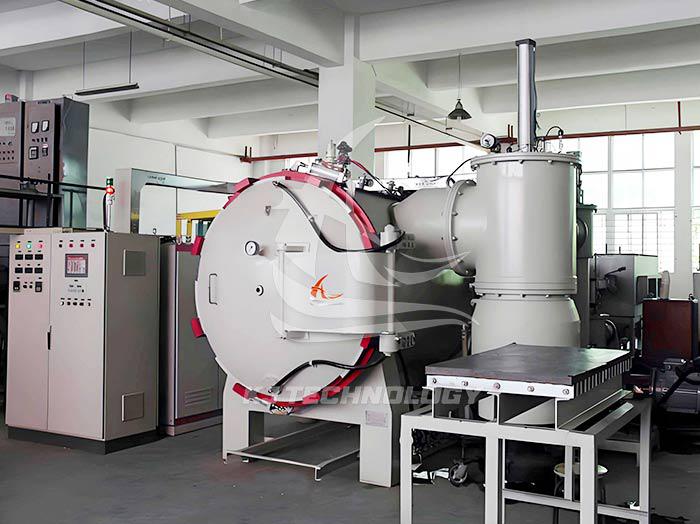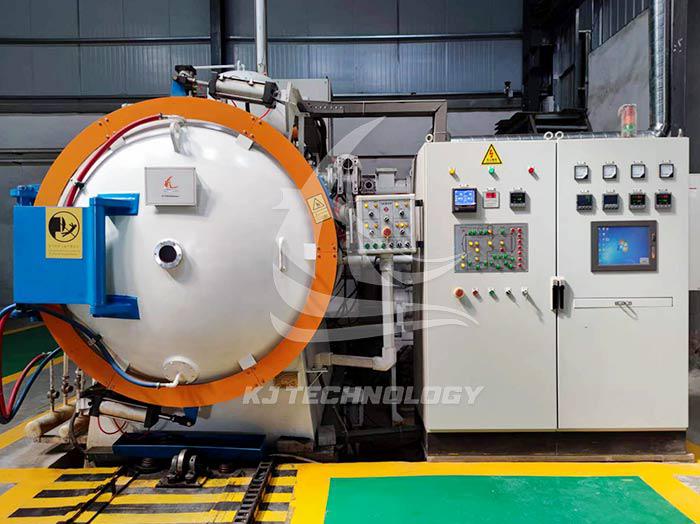What should be noted when choosing a customized vacuum annealing furnace?
 06-18-2025 Author: KJ technology
06-18-2025 Author: KJ technology
When customizing a vacuum annealing furnace, the following key factors should be noted:
1. Clarify requirements:
Processing materials: Clearly identify the type, quantity, temperature, and time of the metal being processed to determine the appropriate annealing furnace model and configuration.
Annealing temperature range: Different materials and processes may require different annealing temperatures, and when selecting equipment, it is important to ensure that it meets the temperature requirements.
Vacuum requirement: Considering the requirements of the process for vacuum degree, select equipment with sufficiently high vacuum degree.
2. Investigate equipment performance:
Heating method: Vacuum annealing furnaces usually use resistance heating, electron beam heating, or induction heating, etc. Choose the appropriate heating method according to process requirements and budget.
Temperature control system: Ensure that the equipment is equipped with advanced temperature control systems that can achieve precise temperature control and stable heating processes.
Furnace cavity size: Based on the size of the workpiece and production requirements, select the appropriate size of the furnace cavity to ensure that it can accommodate the workpiece and meet the needs of mass production.
Cooling system: Understand the cooling method (such as oil cooling or air cooling) and cooling capacity of the equipment to ensure compliance with process requirements.
3. Consider price and cost-effectiveness:
When purchasing, consider the price and cost-effectiveness of the equipment, do not blindly pursue low or high prices, choose the appropriate equipment model and configuration based on needs and budget.
4. Pay attention to equipment quality and brand reputation:
Choose equipment produced by well-known brands and manufacturers with good reputation to ensure equipment quality and reliable after-sales service.
5. Emphasize safety and usability:
Consider the safety of the equipment and the convenience of operation, ensuring that the equipment is safe and reliable during use, and that operators can easily get started.
6. Understand after-sales service:
Understand the manufacturer's after-sales service system, including after-sales response time, maintenance cycle, training services, and parts supply, to ensure that the equipment receives timely technical support and maintenance during use.
7. Consider future development and upgrading:
When selecting equipment, we should consider the possible future production demand and technology upgrading, and select equipment with certain progressiveness and forward-looking, so that it can be easily upgraded and transformed in the future.








